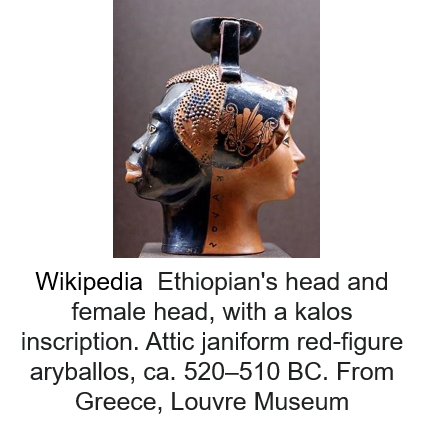Where did Zeus’s temple go?
 First, let us start with more recent headlines.
First, let us start with more recent headlines.
In 2021, Architectural Digest featured a 42-million-dollar mansion in San Francisco that was described as the most beautiful home in America. The home’s photos displayed stolen sculptures that led to the recovery of over 33 artifacts that had been chiseled and hacked out of Cambodia’s ancient shrines and temples over the last several decades.
The family of billionaire collector George Lindemann said they did not realize the relics they purchased were stolen, and they returned $20 million worth of looted antiquities to Cambodia. (1)
The Cambodian government has yet to recover two additional statues donated by the Linneman family to the Metropolitan Museum in New York. “It’s not just art,” said an archaeologist working with the Cambodian team. We believe that each of these holds the souls of our ancestors.”


Humans haven’t changed much. People throughout the ages have looted, appropriated, and stolen treasures, art, and sacred deities from their enemies, friends, and predecessors.

After destroying the Jerusalem temple in 587 BC, the Babylonians took “all the holy vessels of the Lord, both great and small, with the vessels of the Ark of God and the king’s treasures.” (1 Esdras 1:54) Although many of the gold and silver sacred items were returned, the location and disappearance of the Ark of God (the Ark of the Covenant) remain one of the great mysteries of all time.
The Romans were famous for decorating their dining rooms, atriums, gardens, and temples with statues, carvings, pottery, and mosaics confiscated from the Greeks, Egyptians, and other people they conquered.

Private collectors and museums worldwide display artifacts and treasures from other countries. The Vatican’s halls are filled with treasures from centuries of Roman occupation and rule. Following the collapse of the empire, acquisitions have continued to build the collection.
 Determining who owns what can get a bit dicey. In a gesture of friendship to Greece, the Vatican recently returned three 2500-year-old Parthenon marble fragments that had adorned the Athenian temple (1). But restoring Athen’s Parthenon to its former glory continues to be an uphill battle, with nearly half of its marble embellishments housed in London’s British Museum.
Determining who owns what can get a bit dicey. In a gesture of friendship to Greece, the Vatican recently returned three 2500-year-old Parthenon marble fragments that had adorned the Athenian temple (1). But restoring Athen’s Parthenon to its former glory continues to be an uphill battle, with nearly half of its marble embellishments housed in London’s British Museum.
So, back to my introductory question—Where did the temple of Zeus go, specifically, the 2nd century B.C. Pergamon Zeus Altar that disappeared from Türkiye (Turkey)?
In 1878, the German engineer Carl Humann started official excavations on the Acropolis of Pergamon. Piece by piece, the temple and thousands of other artworks from Türkiye were “relocated” to the home countries of the engineers and men working in Turkiye, including those building the Orient Express railroad. The temple of Zeus altar can now be visited in Berlin, Germany.

(1) The Family of Billionaire Collector George Lindemann Has Returned $20 Million Worth of Looted Antiquities to Cambodia (artnet.com)
(2) Vatican Returns Parthenon Marbles – Biblical Archaeology Society